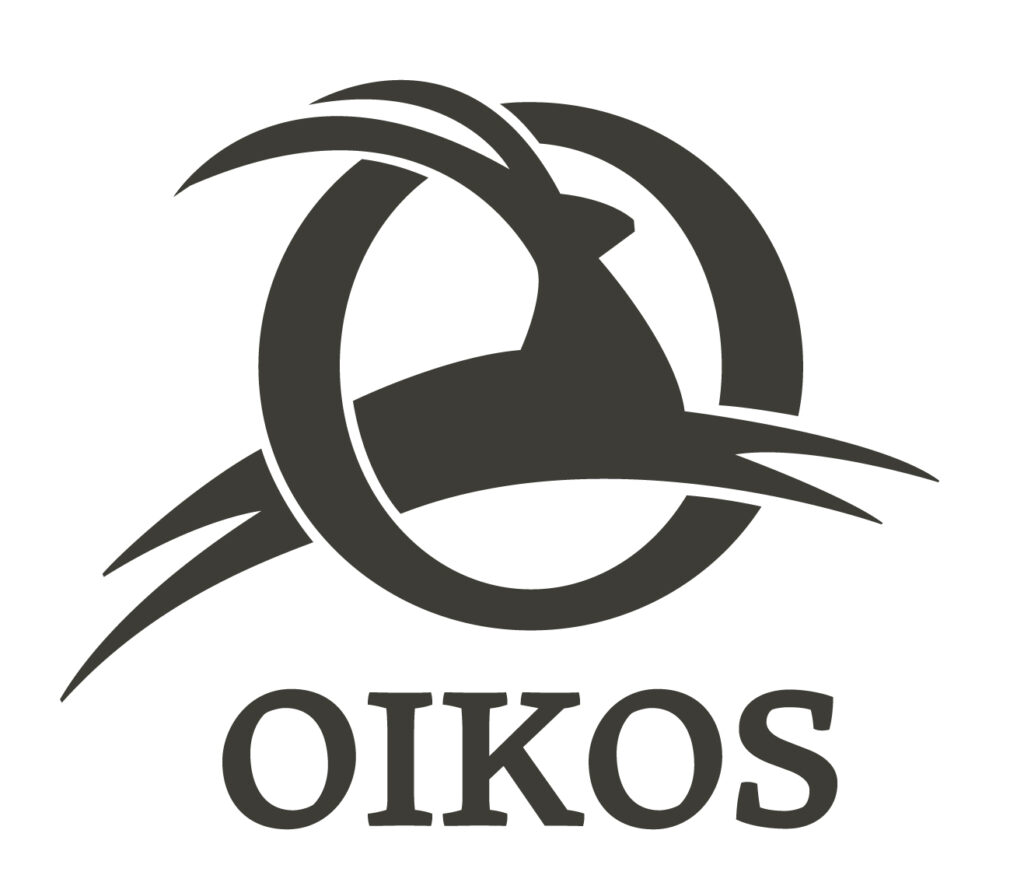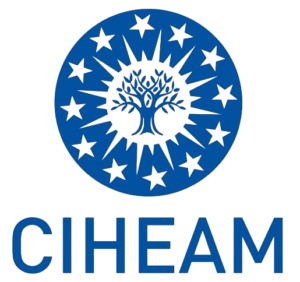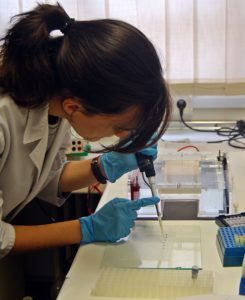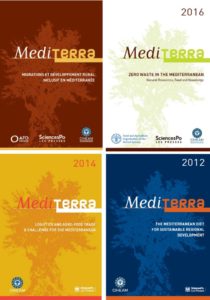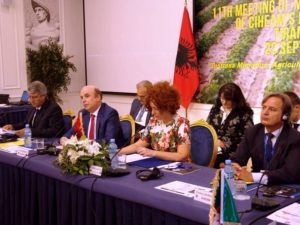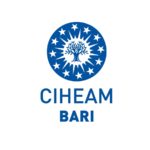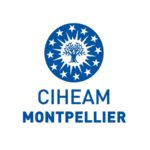Istituto Oikos and a team of experts from Italy, France, Greece and Montenegro have produced several papers and publications to share guidelines for the adoption of fire-smart landscape management practices in order to address a challenging issue: reducing wildfire risk in the Mediterranean Region.
The 2709 fires recorded by EFFIS (European Forest Fire Information System) in 2022 in Europe and the Mediterranean are more than three times the average of the last 17 years. An area as vast as the entire Corse Island (France) was engulfed in flames, favoured by summer heatwaves of an intensity never before recorded by meteoclimatologists. The situation did not improve in summer 2023. The fire that destroyed more than 800 km2 (twice the size of Paris) in Western Thrace, in August, is the largest ever observed in the EU since 2000, EFFIS reported. High temperatures, low atmospheric humidity and strong winds are the main 'ingredients' of fire weather, i.e. those meteorological conditions that greatly facilitate the spread of flames triggered in the vast majority of cases by human hand, whether accidentally or deliberately.
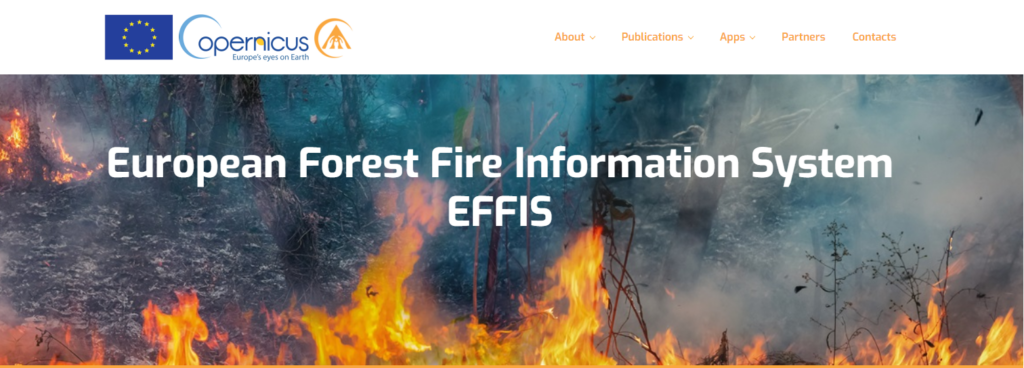
Causes and consequences: a perverse vicious circle
In the climate change scenario, the increase in fires is certainly one of the main consequences of rising temperatures. But through a perverse vicious circle, the huge masses of CO2 emitted by the burning of forests, shrublands, abandoned pastures and agricultural areas in turn contribute to increasing the effects of global warming. EFFIS estimates that total emissions from forest fires in the EU and UK in 2022 were 9 megatonnes of carbon, equivalent to those emitted by 10,000,000 cars in the same period, the highest level since 2007.
Not only climate change: landscape changes also contributes to increased fire risk. For at least seven decades, Europe's rural areas have suffered two socio-environmental phenomena that have contributed to the increase of combustible material in the environment. On the one hand, the abandonment of agricultural and pastoral areas has favoured a progressive encroachment of shrub and tree vegetation in areas once occupied by meadows, fields, orchards and sparse shrublands. On the other, large-scale forestation plans were initiated in numerous territories affected by rural depopulation (e.g. in Spain, Turkey and southern France), mainly between the 1960s and 1990s. Plantations focused on fast-growing species - mainly pine and eucalyptus - and further increased the extent of dense woody vegetation cover.
Reducing emissions from fires: the MediterRE3 project
Funded by the German Cooperation (GIZ) through the EUKI (European Climate Initiative) instrument, the MediterRE3 project, led by Istituto Oikos ETS (Milan, Italy) and 4 partners promotes the adoption of fire-smart landscape management practices to reduce greenhouse gas emissions generated by fires in 4 Mediterranean forest nature parks (Luberon, in France, Prokletije and Komovi, in Montenegro, and Samaria, in Greece).
Thanks to the work of a team of experts, guidelines called "Building Fire-Smart Landscapes in the Mediterranean Region" have been developed. These guidelines adapt the principles of Forest Landscape Restoration – one of the most widely applied Nature-based Solutions – to promote the resilience of Mediterranean forest landscapes.
“Actions outlined in the Guidelines aim to reduce flammable biomass and increase environmental diversity by restoring the typical environmental mosaic of the southern European landscape–Edoardo Esposito, forest expert of Istituto Oikos, says–A modelling study conducted by the National Observatory of Athens (NOA) and our organization shows that applying fire-smart landscape management practices on just 5% of the high-risk territory are effective in reducing the area burned annually by 15%. This also helps to reduce CO2 emissions and achieve the climate neutrality targets set for 2050 by the European Union's Climate Target Plan”. According to the study, fire-smart solutions are effective in reducing – or in some cases eliminating – the projected increase in greenhouse gas emissions within this century due to global heating. The NOA has also developed a protocol to assess the effectiveness of fire-smart landscapes locally using public datasets.
The document was produced in three different versions to address various target audiences (from practitioners to policymakers). A 10-page executive summary was published in July 2023 in 4 languages (English, French, Greek and Montenegrinian). The documents are available at this link.
The guidelines will be tailored locally for each of the target landscapes. Dany Ghosn, researcher at the CIHEAM Chania (Crete, Greece), and Azra Vuković of GreenHome (Montenegro) are coordinating the works for the Samaria and the Prokletije and Komovi protected areas, respectively: “Through a participatory approach involving key stakeholders, a Landscape Action Plan will be defined to identify actions to enhance resilience to fires, following the principle of "avoid the unmanageable, manage the unavoidable", Ghosn and Vuković say.
Thanks to the Medforval network, which brings together 18 High Ecological Value forest landscapes in the Mediterranean, these guidelines will be eventually disseminated in the Region. “In early October representatives from 12 countries were hosted in the beautiful setting of our Luberon Natural Park–Lilian Car, local coordinator of the MediterRE3 for the protected area located in the Provençal countryside, says–In August 2022 a devastating wildfire stroke more than 250 ha in the Eastern Luberon in few hours. Back in 2017, another wildfire hit 1200 ha near the Durance river. Investing on fire suppression has proven not to be effective in reducing burnt areas. Promoting landscape resilience is the only solution to reduce the severity of fires in the Mediterranean region “.
To find out more on the MediterRE3 commitment to prevent wildfires in the Mediterranean Region please visit https://www.istituto-oikos.org/landing/fire-smart-solutions
For more information: edoardo.esposito@istituto-oikos.org
